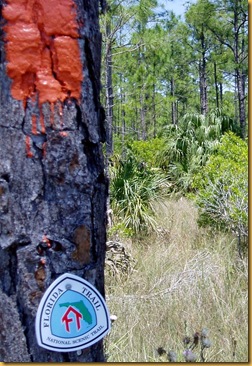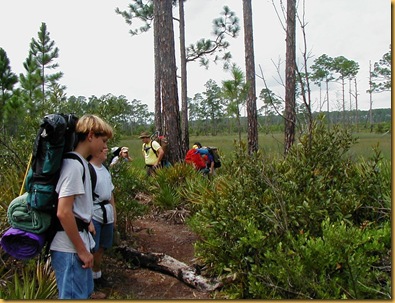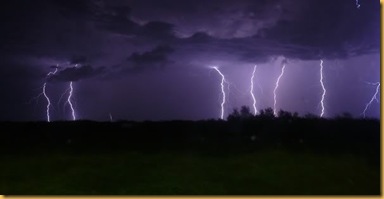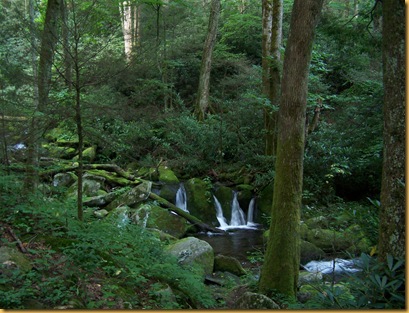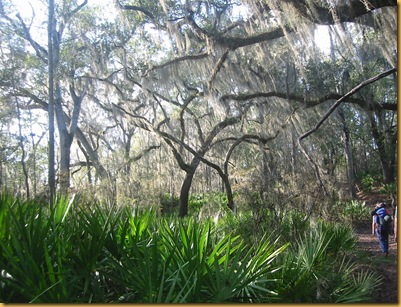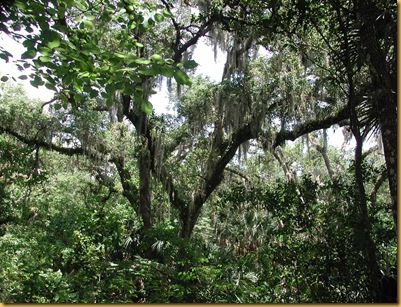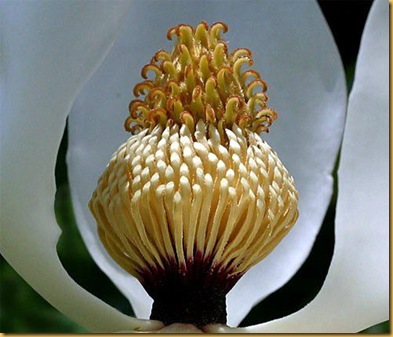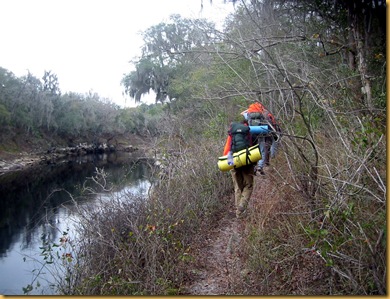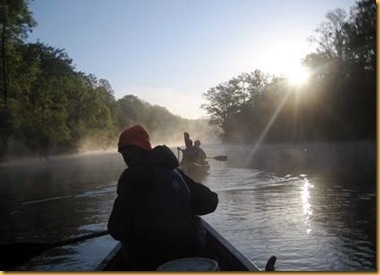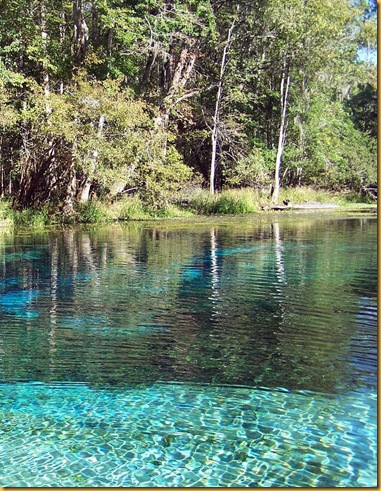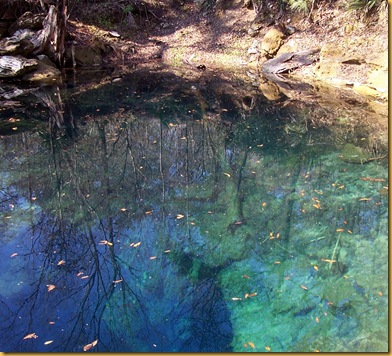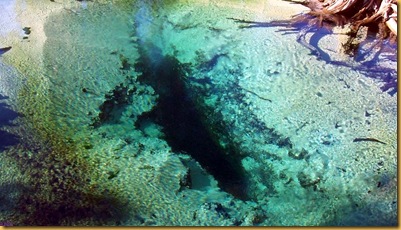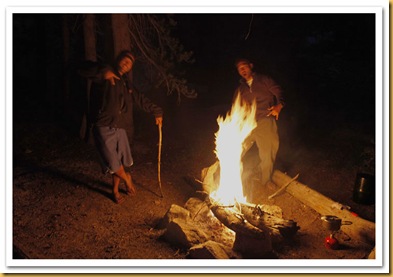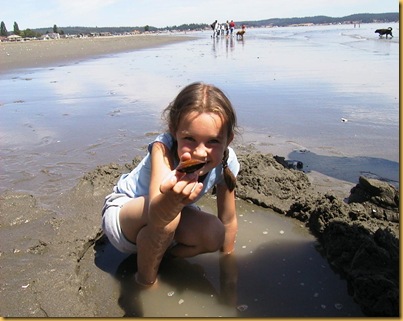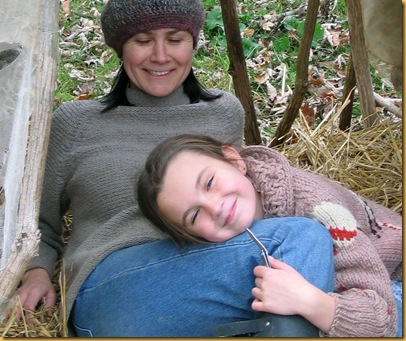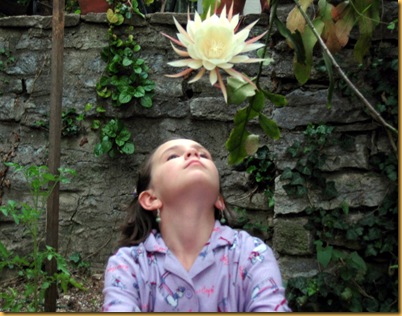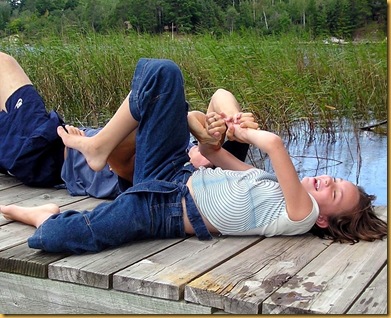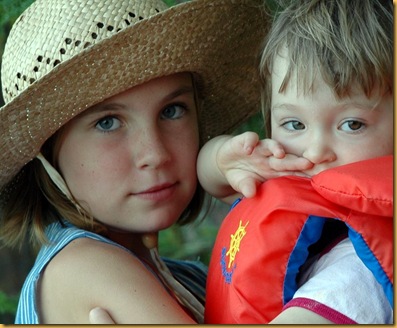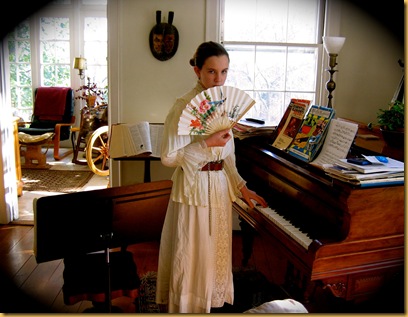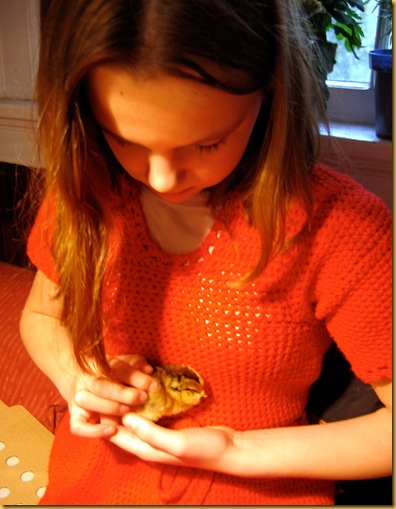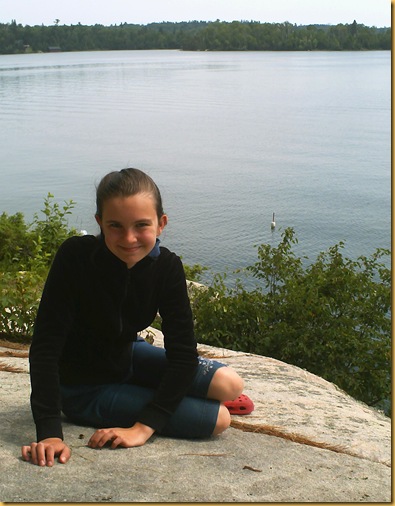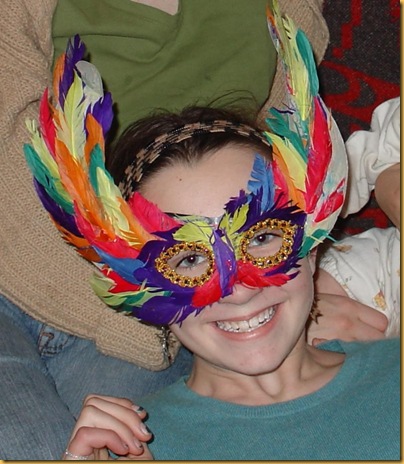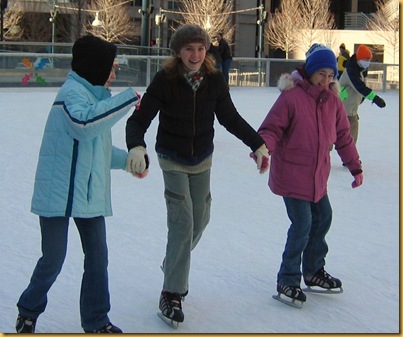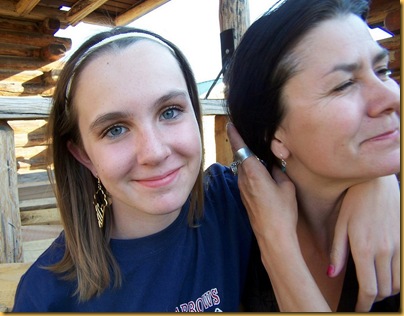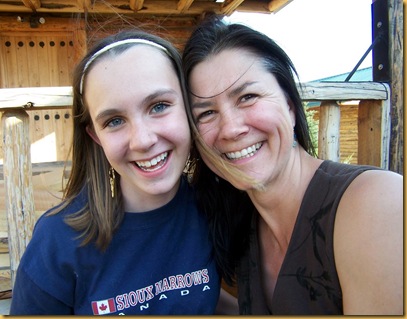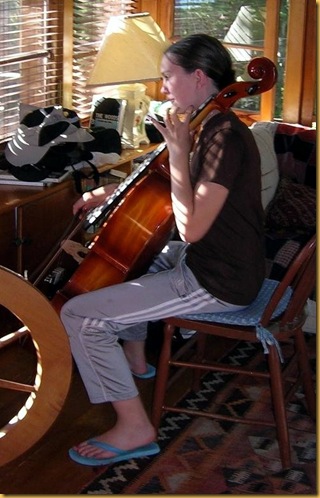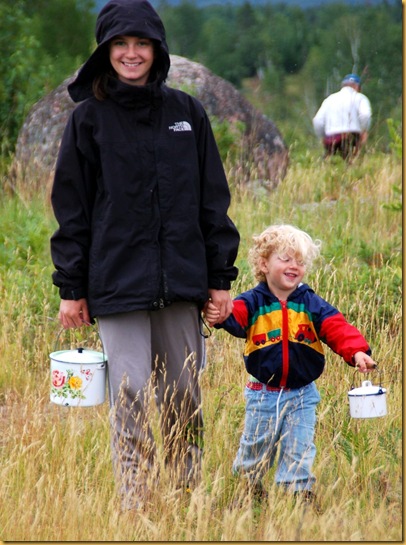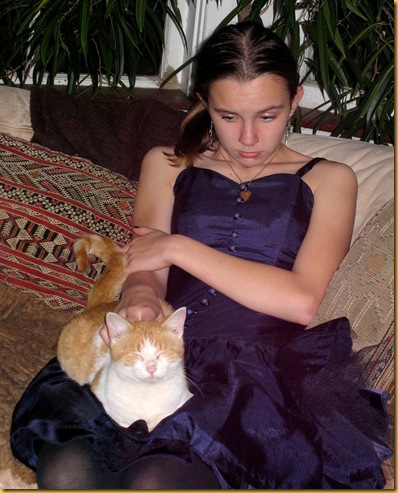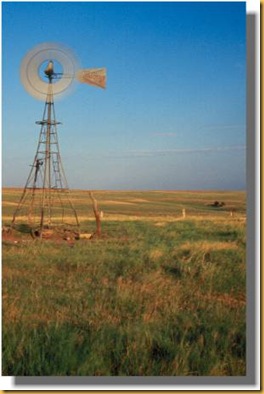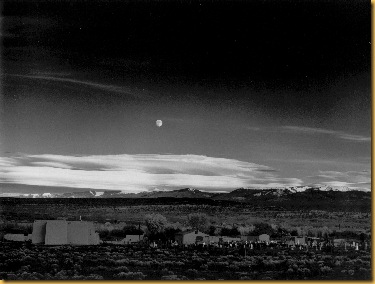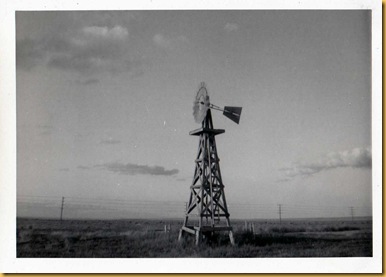Earl faced his alleged tormentors with a look of defiance from his sandy seat in the problem circle. He came from an affluent family in Raleigh. Roughing it on the Florida Trail with nine roustabouts from the inner city of Durham and Raleigh didn’t align with his sense of privilege. But I and his other counselor expected that it would coax him from the self-imposed protection of his dignified bearing to a point where he could face off with his inner demons.
I had returned to the northern Florida region of my birth to find myself an adult counselor in the Eckerd Foundation camping system that utilized wilderness camping, reality therapy, and positive peer culture treatment models to serve severely emotionally disturbed adolescents. How this had happened was an accident. It was the summer after graduating from college. I had no inkling of what to do with my life. The classic panacea for such a circumstance, in the words of John Belushi of Animal House fame, turned out to be “ROAD TRIP!” The open road would become my guidance counselor.
I used a student aid windfall of $700 to fix my ailing little white Fiat and lit out from Oregon for a retreat in Tennessee led by my charismatic professor of religious studies at Oregon State. I was secretly hoping to pick up Kaaren, who was playing very hard to get, from her parent’s home in Chicago and take her there. I called her from a pay phone in Iowa after a hitchhiker helped me drive all night through a grand high plains electric storm over Nebraska and was told she wasn’t interested. So I went alone.
After the retreat, I nursed the lingering hurt on the western slopes of the Smokies keying out plants in a botanical wonderland in full blossom under the June rains squeezed day and night from wet Gulf air over the Cumberland Plateau. After one all night rain, I awoke with my sleeping bag curled around a puddle six inches deep. It could well have been a vale of tears.
Even though I was born in Jacksonville during a particularly sticky hot summer and, as a youth, collected pollywogs and mollies while combing the live oak-lined sloughs and bogs along the St. Johns River, it felt strange after the Smokies to pass through the once familiar sun-drenched loblolly pine flat-woods of Georgia on my way to see my brother in Florida. It was all that sun. I thought of Albert Camus’ depiction of Algiers, blindingly bright from the desert sun high overhead. Similarly bright, there was also the smell of humid, salty air. These parboiled gulf coastal plains of Winslow Homer’s subtropical watercolors, so affected by the sun and sea, were just different.
A rain squall blown in from the Gulf suddenly poured down on my brother and me while I drove my Fiat on the base where he was a lieutenant and I had been born 24 years earlier. I failed to stop in time on the suddenly slick road at an intersection. The huge grill of a Ford LTD wrapped the Fiat around its front end. Stunned, my brother and I contemplated rain spattering on our laps through the shattered windshield. After that the wrecker with the totaled Fiat went looking for a junk yard, and I went looking for a job.
Selling water purification units door-to-door wasn’t working out. Responding to an ad, I found myself in a job interview that included a brutal night sleeping without mosquito netting in a tent built by the counseled youth of E-Kel-Etu, the Eckerd camp in the Ocala National Forest. Romanticized by Marjorie Kinnan Rawlings’ The Yearling, my favorite novel in high school, I responded viscerally to her adopted Ocala scrublands of northern Florida and said yes to the job offer.
The month-long trip with Earl was the second that winter. It came on the heals of canoeing with another group down the Suwannee River from Georgia nearly to the Gulf of Mexico. This time we backpacked through dry palmetto and pine scrub permeated with dimly lit, closed canopy hammocks of shade-tolerant laurel oak, cabbage palm, and Southern magnolia. “The word hammock,” Rawlings states, “comes from the Spanish “hamaca,” meaning a highly arable type of soil.” She imagined the Spaniards blazing their trails through them. “The piney woods and the flat-woods are more open and therefore perhaps more hospitable, in spite of their poorer soil and dryness, but the hamaca shares with marsh and swamp the great mystery of Florida.”
The enchanted mesic hammocks harbor my favorite flowering tree, Southern magnolia, Magnolia grandiflora, made famous, again, in Rawlings’ writings. “The tree is beautiful the year around,” she writes. “It need not wait for a brief burst of blooming to justify itself, like the wild plum and the hawthorn. It is handsomer than most dressed only in its broad leaves, shining like dark polished jade.”
© 2002 Steve Baskauf
When it does flower, however, the saucer-shaped blossom is among the largest flowers native to North America, reaching twelve inches or more in width--hence its name grandiflora. “Its perfume,” says Rawlings, “is a delirious thing on the spring air.”
What intrigues me is the magnolia’s ancient pedigree, dating back to the beginning of flowering plants, angiosperms, during the Cretaceous Period over a hundred million years ago. Flowers hold the main clue to the identity of a plant. Southern magnolia’s flower has changed little during all this time. Its primitive characteristics include a large size with numerous petals and sepals that are similar in size and shape to each other and to the leaves from which they evolved.
It has numerous spirally arranged stamens at the base of a receptacle that bears numerous spirally arranged pistils. This cone-like woody receptacle is hardly changed from the twig end from which it evolved.
Along the Suwannee River in Winter
Earl sulked in silence, his lower lip stuck out and his fiery eyes riveting mine and everyone else’s. I carefully traced his interactions with one particular camper, which had eventually led up to the scuffle requiring this problem circle, back to its origin, needling and name calling while collecting wood for the breakfast fire. Robert, an experienced camper who had passed the manipulative and defiant stage that can last months and had reached a point of decision, gently urged that he consider “joining the group and stop holding out.”
The circle was in its second hour. Earl again protested with his usual excuses and insincere platitudes. I threw up some sand into the air, saying, “Smoke. That’s smoke, Earl. No need for it anymore.” I began to sense a turning point in his demeanor. A tear eventually came to his eye. Then came a catharsis. With sobs of anger and sadness he told the group how his father, a lawyer, never approved of anything he did, “hated” him. One of the older campers crossed the circle and put his arm around him. “You’re gonna be alright,” he said.
